Employment prospects for Australia’s professional geoscientists declined further in the last quarter of 2015 according to the results of the latest quarterly survey by the Australian Institute of Geoscientists (AIG).
At 31 December 2015, the unemployment rate amongst Australian geoscientists was 18.7% and the under-employment rate was 23.4%. The combined unemployment and under-employment rate of 42.1% was the highest recorded since the AIG surveys commenced in mid-2009 (Figure 1).
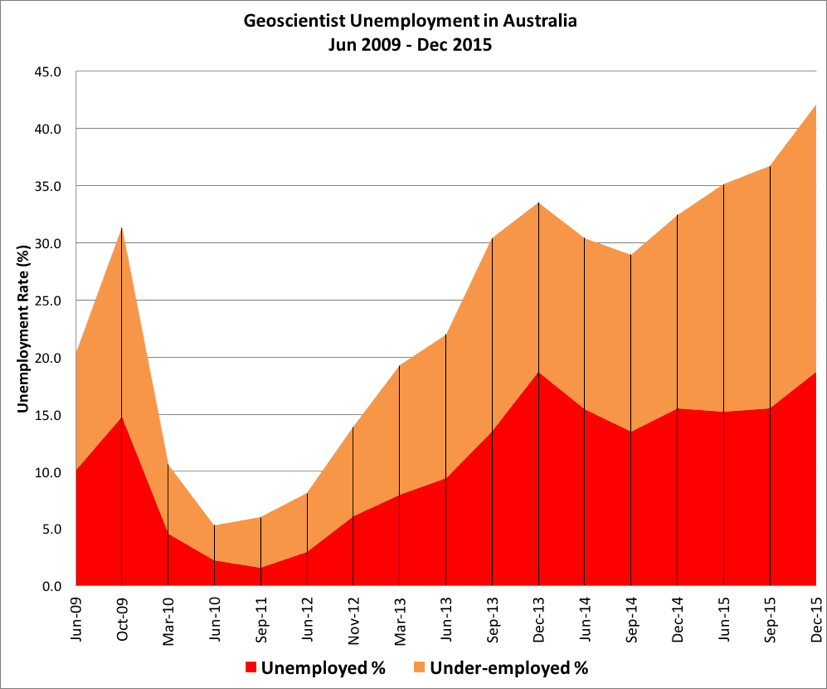
Figure 1. Geoscientist unemployment and under-employment in Australia June 2009 – December 2015
Less than 50% of self-employed geoscientists were able to secure more than one quarter of their desired workload, pointing to a real unemployment rate of 31.1%, also the highest rate recorded by the AIG surveys to date and more than 10% higher than at the peak of the Global Financial Crisis of 2009.
Geoscientist employment declined in every state, except NSW where it remained static, and Victoria where unemployment actually fell but under-employment increased. The greatest increase in unemployment was observed in Queensland, where unemployment and underemployment rates were more than 15% higher than those observed in September 2015, followed by South Australia (Figure 2, Figure 3).
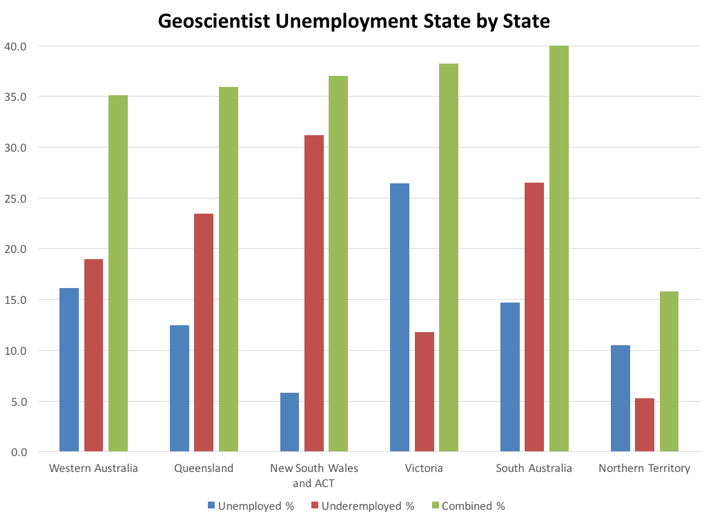
Figure 2. Geoscientist unemployment and underemployment by State
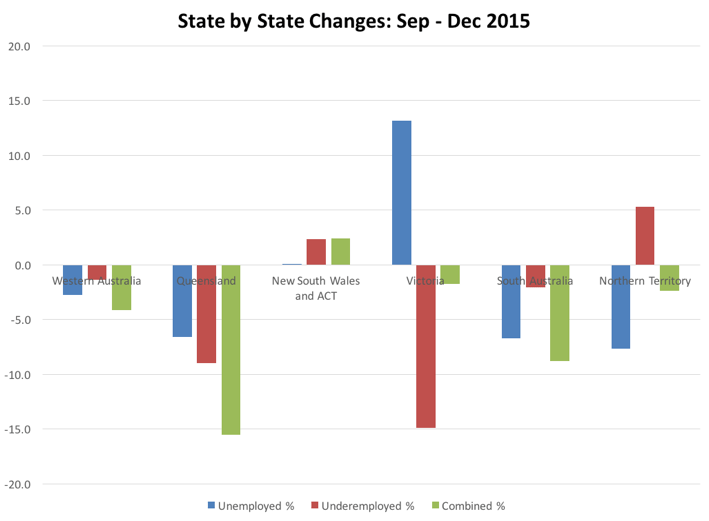
Figure 3. Changes in geoscientist employment since the previous survey in September 2015
Well over 40% of unemployed and underemployed geoscientists have been out of work, or unable to secure their desired level of work for more than 12 months, pointing to a growing pool of long- term unemployed in Australian geoscience.
Almost 70% were not confident of regaining employment within the next 12 months and more than one in 20 indicated that they were turning their backs on their chosen profession due to the dire situation that has surrounded geoscientist employment in Australia for more than two and a half years.
Sentiment amongst geoscientists currently in employment varied. Some 36% expressed confidence in maintaining their employment for the next 12 months, but 17% were not confident of retaining employment beyond the first quarter of 2016 (Figure 4).
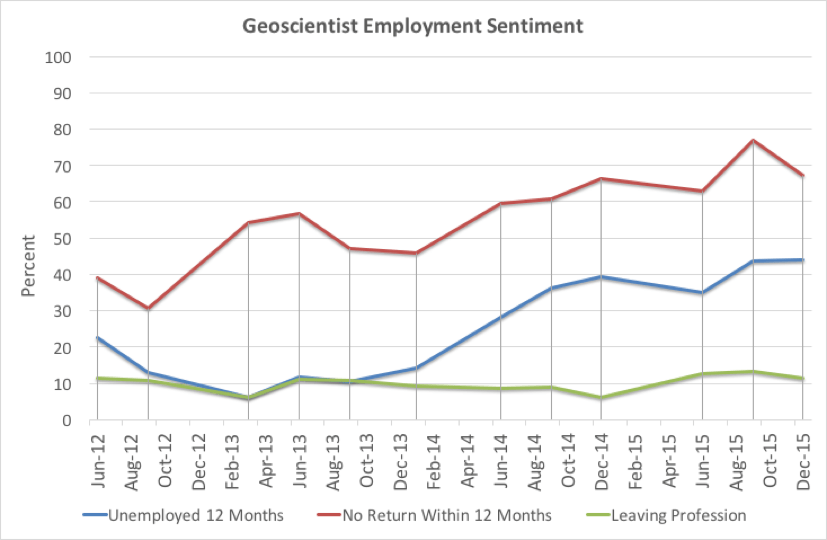
Figure 4. Employment sentiment amongst Australian geoscientists
The survey questionnaire was changed for the most recent survey to collect information on employment conditions and how unemployed and under-employed geoscientists were coping with the extended downturn in employment opportunities facing their profession.
Unemployed and under-employed geoscientists were asked how they were coping with their current situation (Figure 5).
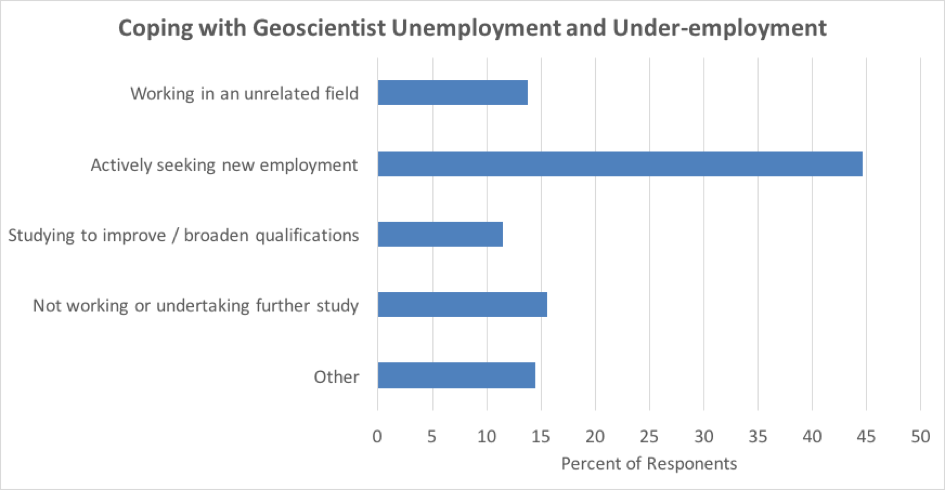
Figure 5. How Australia’s geoscientists are coping with unemployment and under-employment
Responses in the “Other” category included:
The employment crisis has also had an impact on the fields in which Australian geoscientists are employed, with mineral exploration feeling the greatest impact (Figure 6).
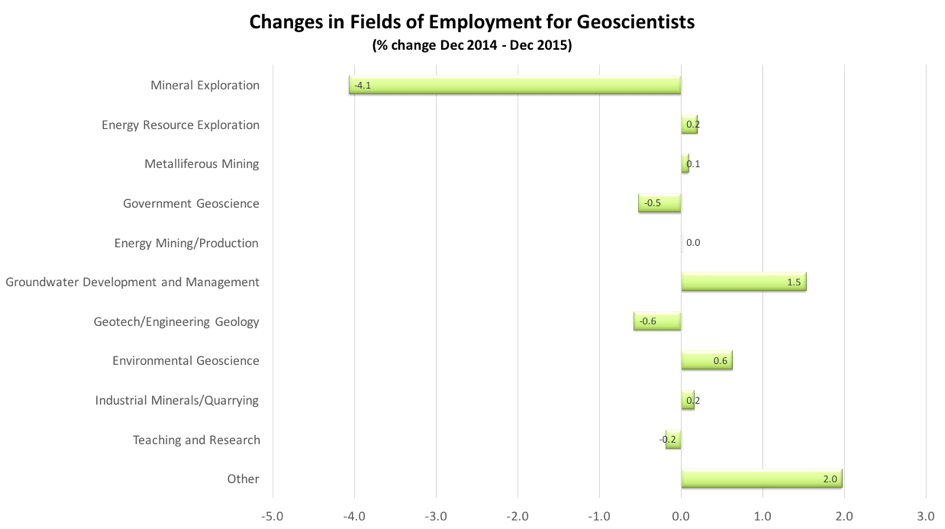
Figure 6. Changes in fields of employment for Australian geoscientists 2014-2015
More than 87% of Australia’s geoscientists currently in employment work as full-time employees. Survey respondents were asked whether their conditions of employment, in terms of salary, associated benefits, hours of work etc., had improved, remained the same or deteriorated since September 2014. Some 16% of respondents considered their employment conditions to have improved, 59% thought their conditions had remained the same, while the remainder reported that their conditions had deteriorated. These results are considered encouraging from the point of view that the majority of employers are not seeking to use the difficult conditions facing Australia’s resource industries to reduce working conditions for their staff.
The survey received just over 800 responses, considered to be an excellent result that both provides a statistically robust sample of employment conditions and highlights the commitment of geoscientists to supporting their peers and profession.
AIG President, Mr Wayne Spilsbury, expressed disappointment but no surprise in the latest survey results. “It’s profoundly troubling to see so many highly qualified, experienced, committed professionals unable to apply their skills to contributing to Australia’s economic security,” Mr Spilsbury said.
“The situation in mineral and energy resource exploration is particularly troubling as the prolonged downturn in the sector is damaging Australia’s project development pipeline.
“The low levels of geoscientist employment reflect low levels of exploration activity, which means that we are not making discoveries to maintain Australia’s resource inventory – a scenario which now has the potential to create gaps in critical mineral supplies in coming years,” Mr Spilsbury said.
“Discoveries do not turn into mines overnight. “We’re not exploring now and the industry cannot be switched back on overnight, so we’re facing a real prospect into the latter half of the next decade of reduced development of new projects to support Australia’s economy and standard of living.
“We do applaud the Federal Government`s recent Exploration Development Incentive (EDI) programme, a creative use of tax deductions to stimulate increased investment in mineral exploration in Australia. “However, much of these funds will be spent in the long and non-productive process of securing access to land. “In some states, it can take a year or more once an exploration licence is granted to gain the necessary regulatory approvals to get boots on the ground for the simplest, non-ground-disturbing reconnaissance exploration, ” Mr Spilsbury said.
“Remember, when we talk about a geologist or geophysicist being unemployed in the exploration sector, we’re also talking about three or four other Australians not having an ancillary job. “We also cannot escape the fact that minerals are essential to our daily life, from generation of electricity by any means, to providing raw materials used to ensure our future economic and social well-being.
“Australian geoscientists working in exploration and mining are demonstrably the best in the world when it comes to optimising resource utilisation and ensuring that production proceeds in an environmentally sustainable and responsible manner,” Mr Spilsbury said. “We are renowned innovators whose skills are not being used to the benefit of Australia as a whole. “Look around you, if it wasn’t grown – it must have been mined.”